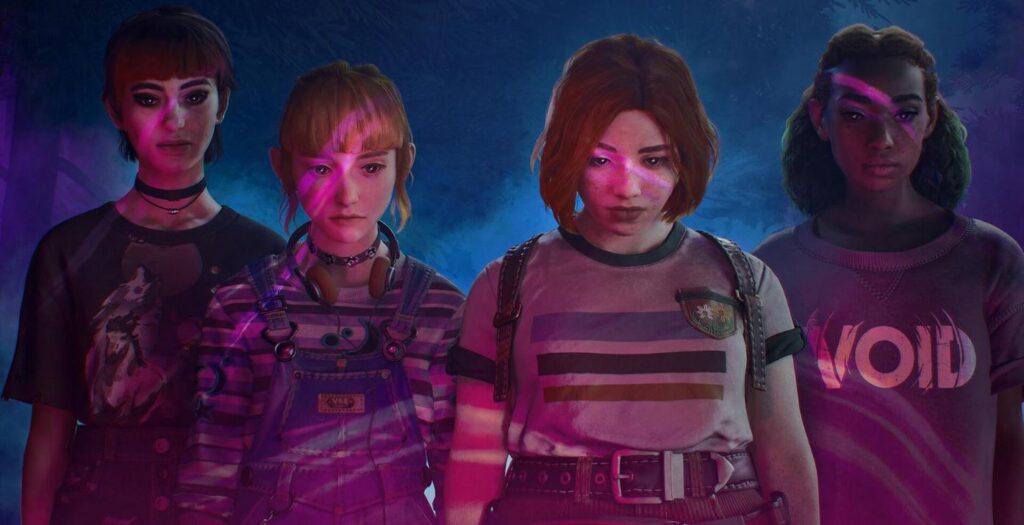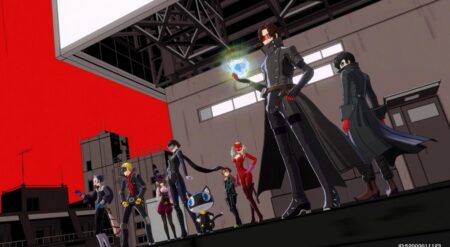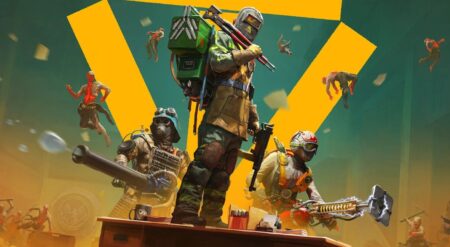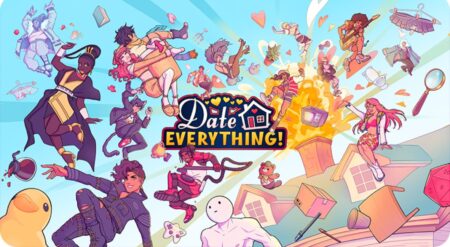Lost Records: Bloom and Rage (stylized Lost Records: Bloom & Rage) marks a long-awaited return to narrative adventure for developer and publisher Don’t Nod. The original creators behind Life is Strange (a series now being developed by Deck Nine), the atmospheric nostalgia-driven narrative adventure takes players through a coming-of-age story through a group of friends and their 27-year promise.
Taking place between two timelines, you move between 1995 and 2022. To move to the past, you interact with objects and reminisce, effectively acting out memories and shaping the present narrative. In 2022, you meet with a friend you haven’t seen in 27 years when she reaches out to you after receiving an ominous package addressed to a name only their group of friends would know.
Having returned to your childhood home in picturesque Velvet Cove, Michigan, walking to a bar you know all too well brings back the past. With a mysterious event you refuse to talk about with your mother and a small scene from disjointed flashbacks surfacing, you have to uncover the secrets buried in your memory and find out just why you all have been brought together now. For the purpose of this review, we’ve only played Tape 1 Bloom, the first half of the game.
One of the smart things that Don’t Nod has done with Lost Records: Bloom and Rage is to split the timeline in aesthetics and through perspective. With 1995 taking place in your memory, you play as a young Swann in the third person. But when you’re back in 2022, you experience the world yourself in first-person. The splitting of camera perspective does a lot of heavy lifting to ground the audience in how close Swann believes she is to an event.
This is the start of the Lost Records universe of games for Don’t Nod, but it doesn’t lose itself in the future.
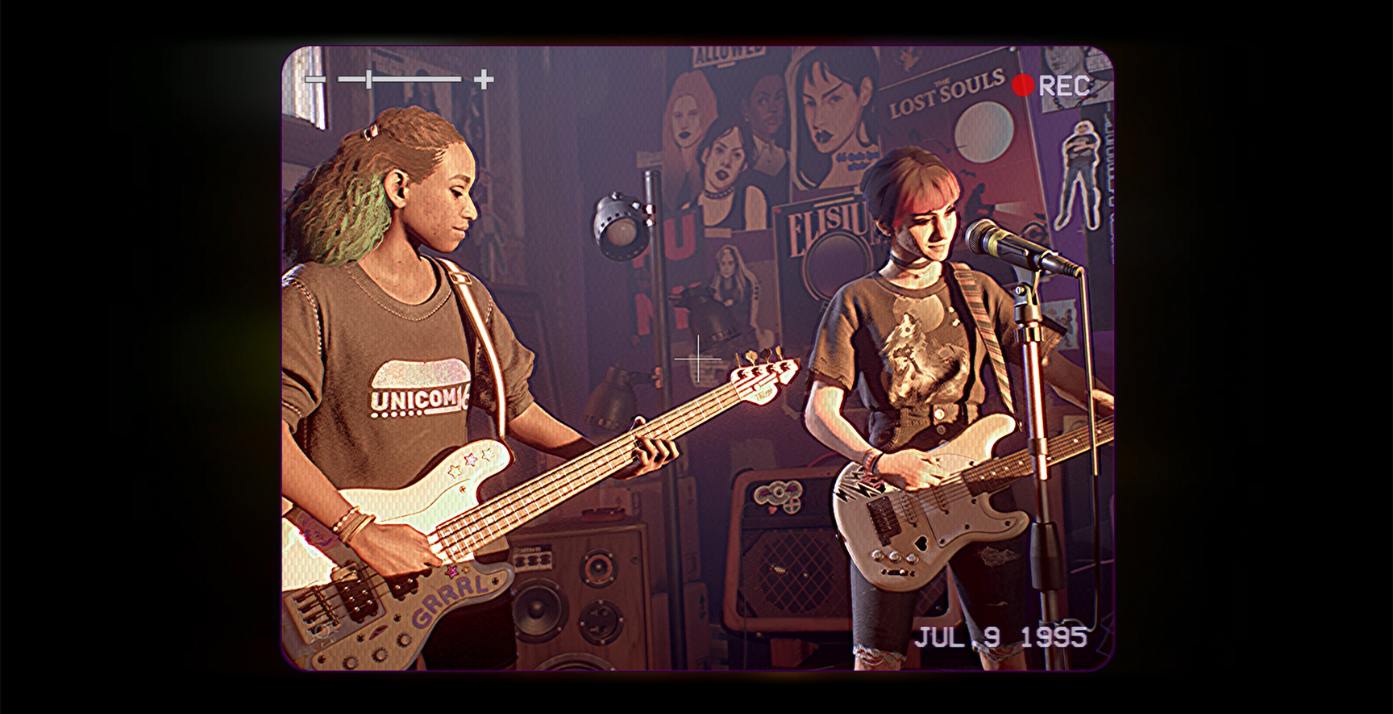
The camcorder adds another layer of distance as you use it in the past to learn more and build out a memoir of 1995 in Velvet Cove. With the camcorder, you record your life, the objects in motion around you, your new friends, and then yourself, recounting important moments back to yourself and preserving the memory that’s left in your heart.
The Summer of 1995 is a pivotal year for you as you change from a loner film nerd to a sister in a group of friends. Nora, Kat, and Autumn all have their own personalities and perspectives on the world, either escalating or descalating various situations that you find yourself in. Nora is flirty and rebellious. Autumn is studious and thoughtful. And Kat? She’s passionate, and in that passion, you see the anger that comes from the fractions in her life.
The amount of time you spend in 1995 is totally up to you. You can take your time to uncover and record everything you can with your camcorder, or you can streamline the process, complete the objective, and jump back to 2022. That is the one element of the pacing that you can control.
Notably, Lost Records: Bloom and Rage doesn’t shirk off the COVID-19 pandemic. Instead, 2022 is shaped by it. From a mask in your car to an awkward joke about having all their shots that your friend makes when you see them for the first in 2022 and go for a handshake and not hug, it’s there. The subtleties with which Don’t Nod handle the reality of the time aren’t only interesting but something worth celebrating. That happened; we didn’t dream it, and this is one of the first times I’ve seen it addressed in a game.
The choice to use Unreal 5 to develop the game means that the character models are gorgeous to look at. From detailed acne scars to the texture of hair (though it is still no Dragon Age hair tech) and the delicate pattern of corduroy, everything feels as close to phot-realistic as you can get. This is best showcased with Nora, both my favorite character and the most detailed.
Whether it’s her acne, her make-up, or two-colored hair, she’s absolutely fantastic. Matched by Autumn’s freckles, these are characters that are astounding feats of artistry. Still, the environments and landscapes surpass even that in their photorealism and beauty. This is a gorgeous game, through and through.
Lost Records: Bloom and Rage thrives on its art direction and dreamlike atmosphere.
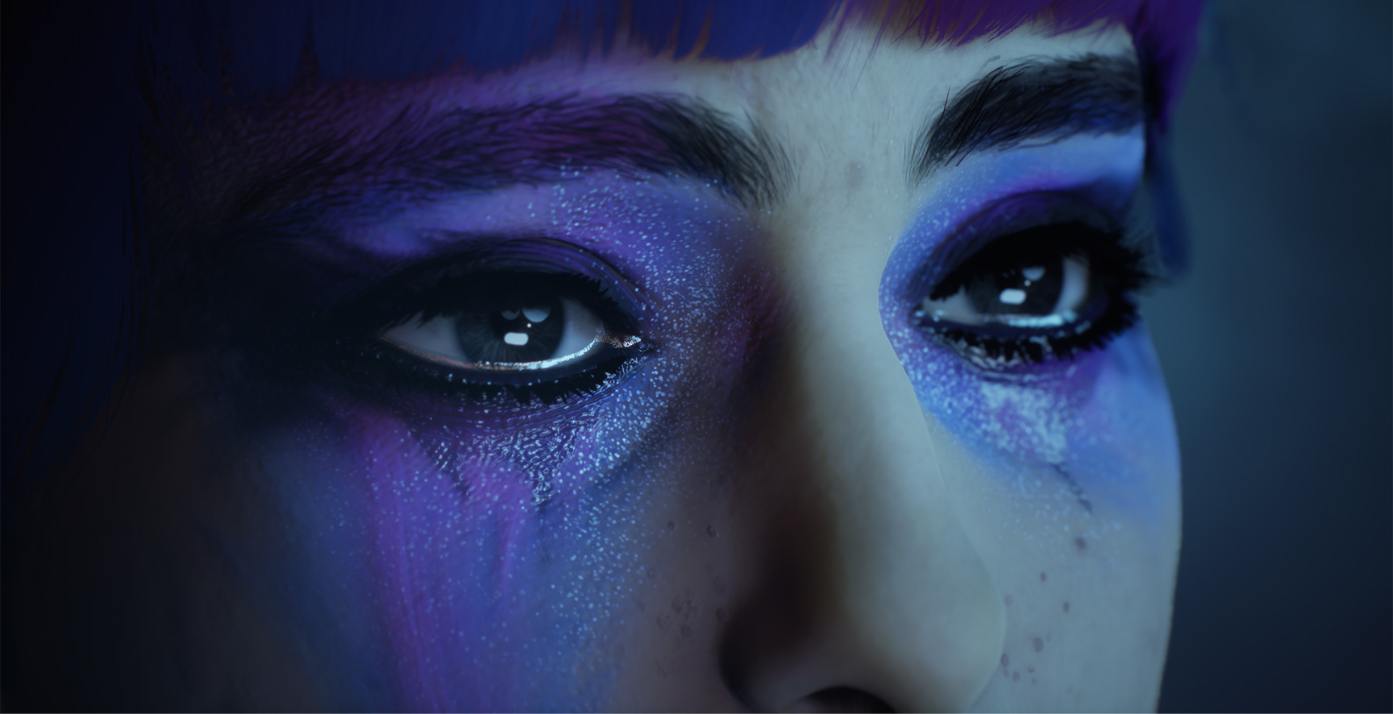
Tape 1 Bloom’s strongest quality is its visual aesthetic. The game’s art design is stunning, nostalgic, and one-of-a-kind. Everything in Swann’s room looks like mine, from the clothes you pick to get ready to the slightly off titles of books and their authors. Everything that Swann was wearing looked like what I wore. But more importantly, the game taps into the current pop culture consciousness that is looking to capture what VHS tapes and ‘90s television meant to us.
Lost Records: Bloom and Rage is a clear time capsule for the development team. It honors a time in life, and its short playtime harkens back to 2024’s Open Roads. While the game clearly has a larger mysterious narrative, it can’t be understated how much an intimate and personal project it all feels like. The vision is clear. Don’t Nod has planned a whole universe for Lost Records, building off of this core concept, town, and the group of friends at the center.
How you react to your new friends — stumble through your awkwardness or claim it as something special — is up to the player. That said, the options that the narrative team has mapped out for Swann feel like genuine reactions, aspirations, anxieties, and joy that you could feel. Including timed choices also offers a nice impact that pushes you to keep the conversation flowing at the game’s pace.
Unfortunately, the simplified icon system for the impact of choices often obfuscates the relationship you’re building up with other characters. There are four options when making a choice. A small sprout will appear if you choose something that will have consequences later on. If you negatively impact a relationship, a broken heart will appear, and alternatively, a full heart will appear if it’s a positive interaction. And then, of course, some conversational choices have no large weight.
In a narrative adventure, the impact of choices needs a clearer outlining of the impact to land.
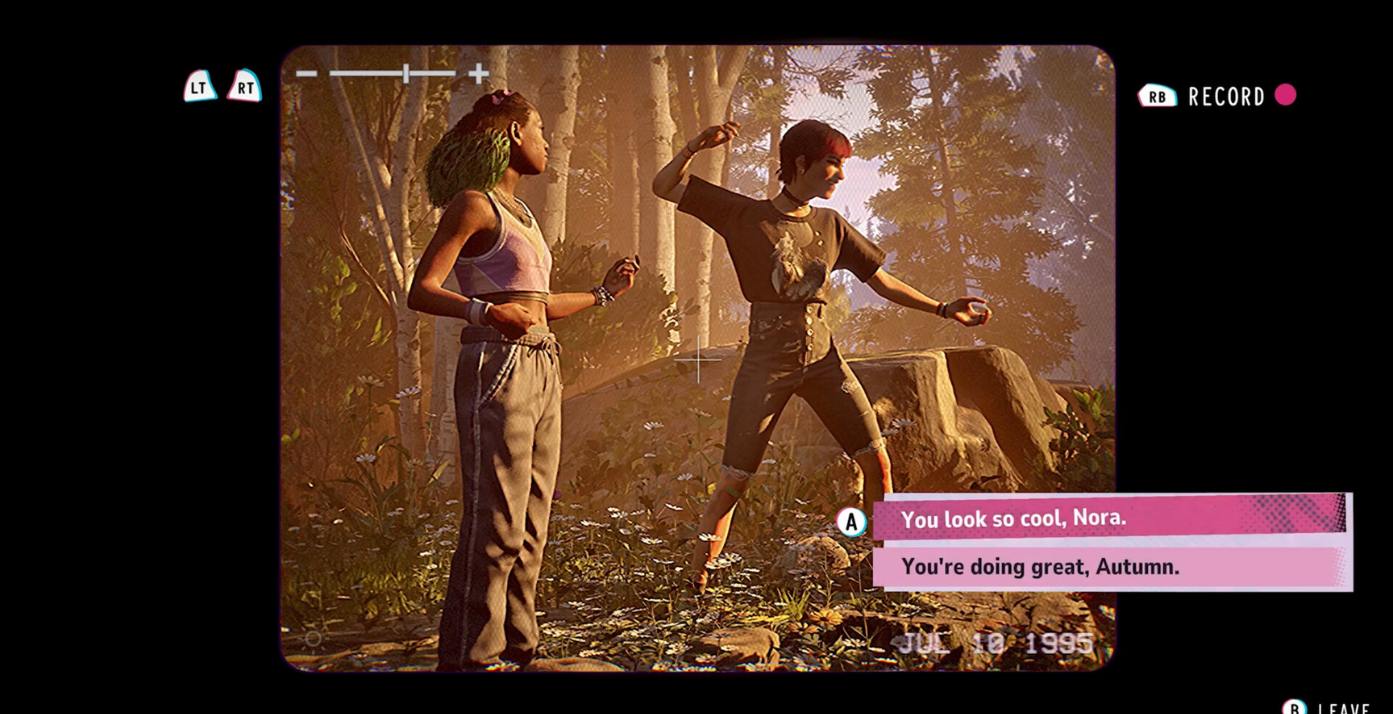
That said, using a small heart as a signifier for such a tumultuous time of life made it difficult to discern if these were flirtations, platonic endearments, or something else altogether. While Lost Records: Bloom and Rage is trying to map out complex relationships, the simplified signifiers don’t match that. This made it hard to figure out who Swann was getting close to as a sister and where the implications and romance started to bloom. In a narrative adventure, you want to know the path you’re walking, but here, the binary nature makes it almost too ambiguous to drive solid meaning.
But where the choice designations can sometimes be a fumble, being able to turn and look at different areas to unlock new dialogue options allows you to interact with the larger world around you. Swann and her friends aren’t isolated from the rest of the world but are very much impacted by it. The only issue is that there are very few times you’re ever locked out of an interaction.
Early on, you face a couple of bullies, and you can shrink away and do as they say or be defiant and film them and make them as uncomfortable as they are making you. Only the way that Swann moves from self-assured to meek doesn’t feel cohesive. After replaying the scene a few times, the lack of blocking off options once you choose one action that is its polar opposite feels awkward more than it feels like a fickle teenage reaction.
Additionally, some of the game’s themes also feel too hollow, or at the least as if the writers are holding back on showing the player the ugliness of the world that girls ultimately have to exist in. This is especially true for Kat and her family dynamics, as well as Swann’s body image issues. Both of which strike a personal cord, but failed to fully captivate me in the same way other stories have.
Don’t Nod has looked to classic coming-of-age story structures and modeled it for the Millenial generation.
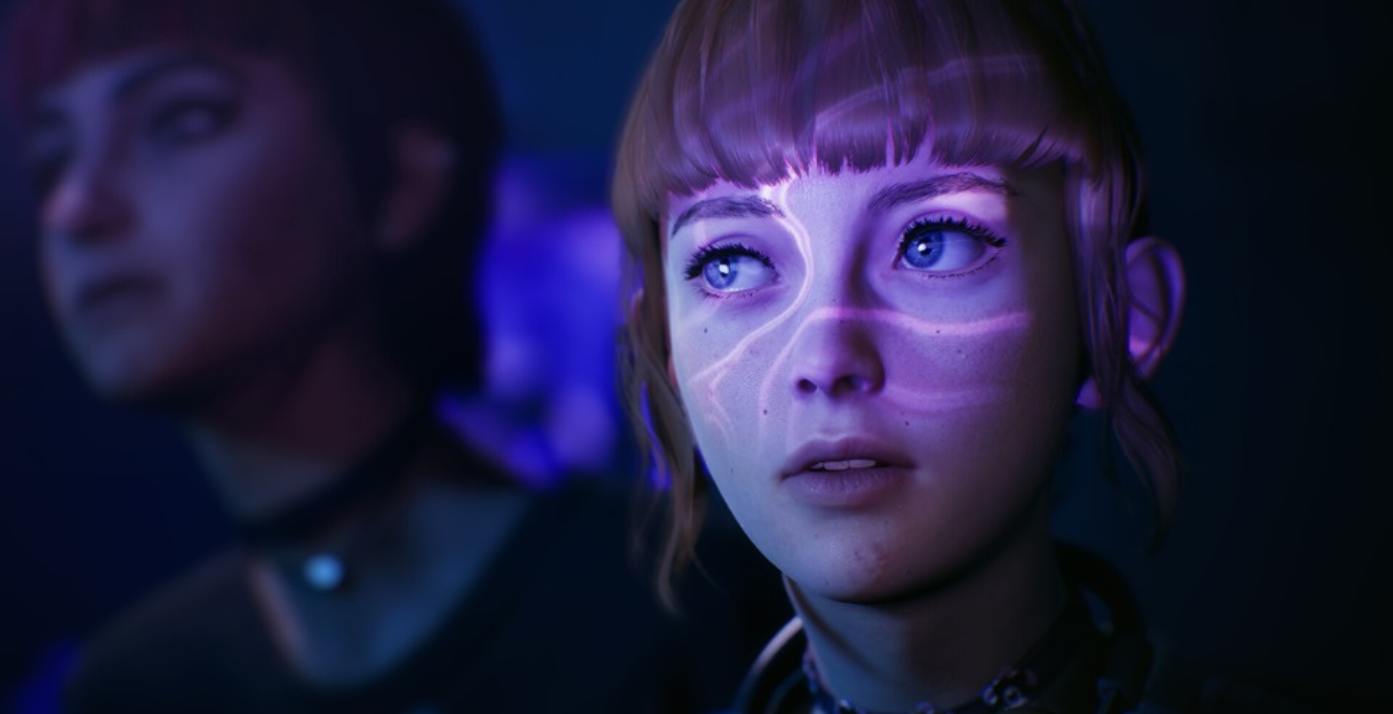
Still, the sisterhood that Lost Records: Bloom & Rage charts out in Tape 1 Bloom harkens back to Amblin media and coming-of-age stories of the ‘90s like Now & Then that have left a large mark on our generation. Of course, with enough mystery and hints at the supernatural, this feels like something more than just a slice-of-life. But even with that care, I can’t help but feel detached from the story, and for my life, I can’t assuredly put my finger on why.
Lost Records: Bloom and Rage lacks a certain level of tactile interaction that pulls the player deeper into the story. While the story itself is gorgeously mapped out, embodying the Spielbergian classics, this story feels like familiar territory. A little bit of Stand By Me, The Goonies, Thirteen, Now & Then, and a smidge of Paper Girls; the fact that I continuously compared the game to television series and films is an overlying issue. The game is hamstrung by its cinematic quality, not strengthened by it.
I often found my attention floating away, even with cues to look around or engage. The speed with which the story moves locks you into a pace, and if you’re not a slow and steady player, it begins to take its toll. With no way to back out or speed up a dialogue you outpace with subtitles (as a fast reader, this is my curse), Lost Records: Bloom and Rage feels like walking through quicksand when it isn’t putting the player through thoughtfully constructed drama.
Sure, your choices have significant ripples across Tape One, but simultaneously, it’s the time between those choices that lacks engagement. This could be different if the gameplay itself tasked us with doing more than impersonating Wes Bentley in American Beauty. The information we learn about our character, Swann, and her friends is such a slow drip that at about scene 19, I still had no real grounding or closeness to any of them, at least not until the end of Tape 1.
Lost Records: Bloom and Rage can’t overcompensate its sluggish developments, and that’s a shame. There is some missing spark, some tactile element that the player needs to grab hold of. Maybe the emptiness will be solved when Tape Two: Rage is released in April, but for now, Lost Records: Bloom & Rage makes for good cinema, but as a game, it needed more.
The game offers extensive “trigger warnings,” but it fails to understand why some need to be readily highlighted over others.
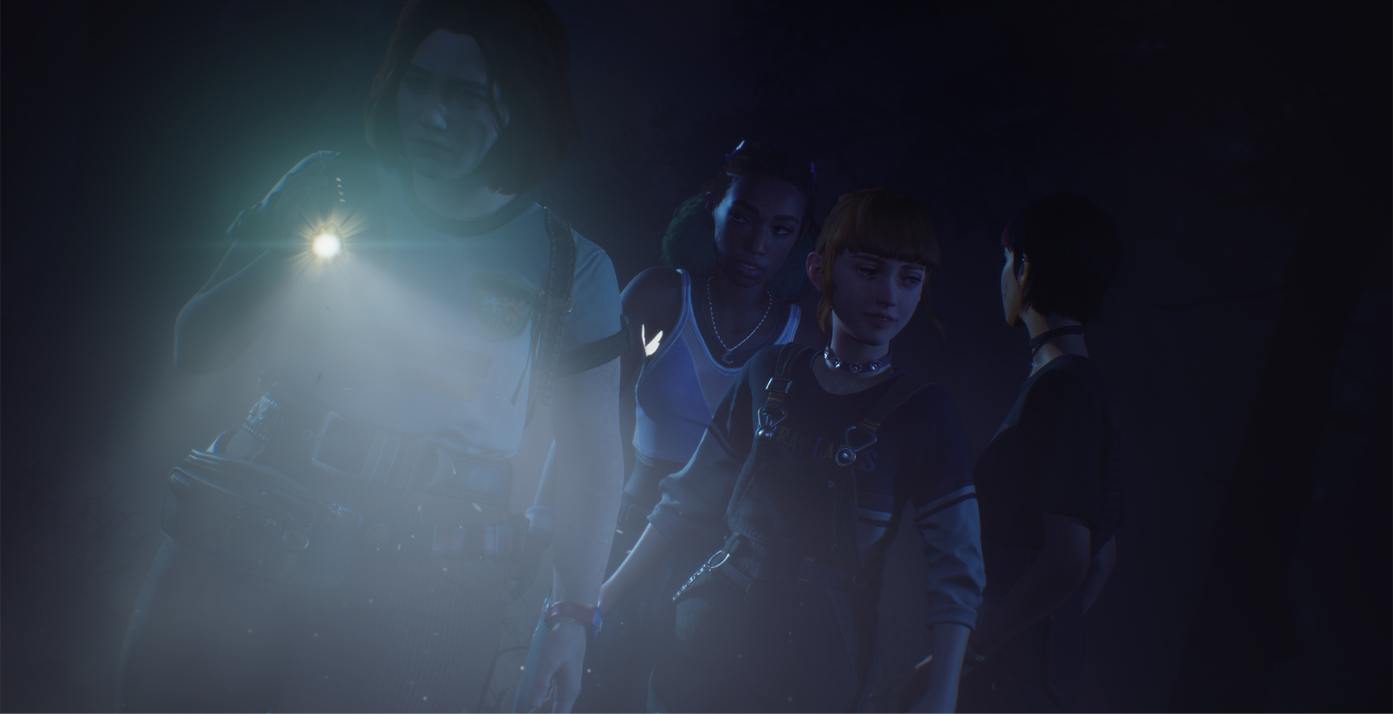
From an accessibility standpoint, Lost Records: Bloom and Rage uses a toggle to allow players to opt into seeing the “trigger warnings” (a phrase that many in ED&I have moved away from in favor of “content warnings”). It’s a good addition that solves the problem that other games like The Medium had to navigate about balancing the desire to tell audiences about content and guarding against story spoilers.
That said, Lost Records: Bloom and Rage’s attempt to provide optional content warning also buries the necessary one: flashing lights. On the surface, the content warning page is well thought out. It’s there for people who need it; for those who don’t, you can keep moving forward. You can even scan the QR code in the corner for more detailed explanations. However, warnings like strobes and flashing lights are different from content warnings. Content warnings, which the games list as explicit language, casual homophobia, domestic violence, and so on, have emotional impacts on players.
However, strobe and flashing lights trigger physical responses in players with photosensitivity, which can be as simple as a migraine or as dangerous as a seizure. As I looked through the menus and the Steam Page and restarted the game, it was clear that in order to know if the game would trigger your photosensitivity, you would have to use the option toggle.
In fact, even when you travel to the Content Warnings page (this link does contain spoilers), the warnings listed are expanded with specific instances. All except flashing lights. While it may not seem like a big deal for those who don’t live with photosensitivity, it disrupts life and access.
Accessibility notices are essential for players’ safety. While I’m not here to discuss the differences between emotional and physical impact, it’s a glaring oversight to hide such an important warning that, if not shown beforehand, can cause a player to be in physical danger.
Tape 1 Bloom has a lot of strengths, but the weaknesses leave it somewhere in the middle of the road.
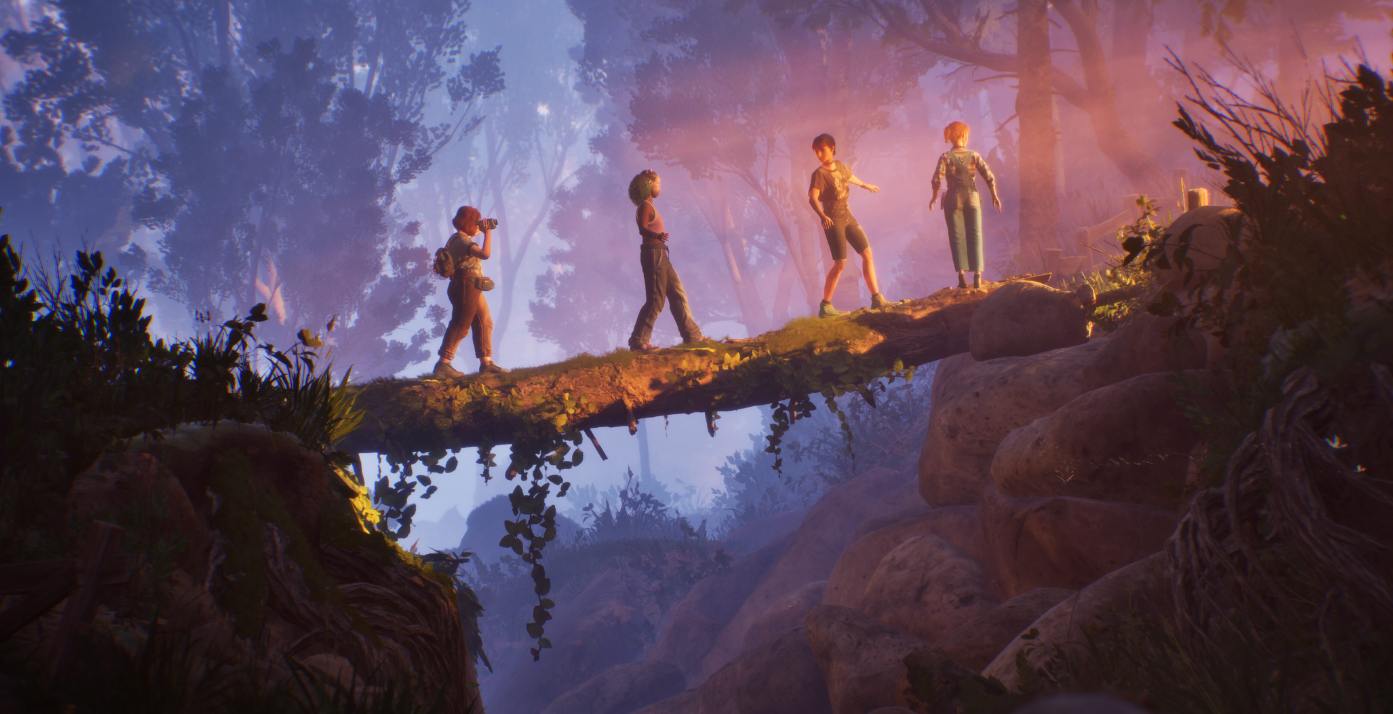
Ultimately, I respect what Lost Records: Bloom and Rage is aiming to do. The game’s quiet details are what speak the loudest to those who were young girls in the ‘90s. That said, like Swann uses her camcorder, putting a small distance between herself and the world, Tape 1 Bloom feels like its detached from its player. You can feel the impact and atmosphere it’s using to craft its narrative.
The beautifully curated soundtrack takes it a step even further. That said, all of those elements that I would praise are things that are not unique to a video game. What I love about Tape 1: Bloom is everything I would recount when watching a less-tactile medium. This reality kept one question at the front of my mind: Would this be better as a television series?
When Lost Records: Bloom and Rage is strong, it’s strong. But without the Tape 2 Rage, I’m unfortunately left with too much gap to close, not enough life lived, and not enough of a tactile interactive experience to immerse me in Swann’s life and Velvet Cove.
Concept, narrative, art direction, and inspiration, Tape 1 Bloom passes each with interesting colors. But on gameplay? It’s too sparse and, when present, too disconnected to make me feel like I’m a part of Swann’s life, regardless of how thoughtful or interesting the secret at the end of it all is.
Lost Records: Bloom & Rage, Tape 1 Bloom is available now on PC, Xbox Series X|S, PlayStation 5.
Tape 2 Review
Lost Records: Bloom & Rage
-
Rating - 6.5/106.5/10
TL;DR
When Lost Records: Bloom and Rage is strong, it’s strong. But without the Tape 2 Rage, I’m unfortunately left with too much gap to close, not enough life lived, and not enough of a tactile experience to immerse me in Swann’s life and Velvet Cove.

